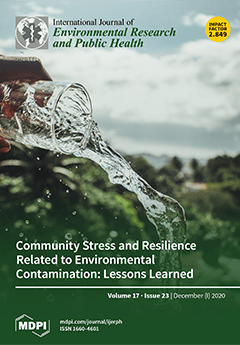Background: Improving balance-related ability is an important goal in stroke rehabilitation. Evidence is needed to demonstrate how this goal could be better achieved.
Aim: Determine if trunk exercises on unstable surfaces would improve trunk control and balance for persons in the subacute stage of stroke.
Design: An assessor-blind randomized controlled trial.
Setting: Inpatients in the department of rehabilitation in a general hospital.
Population: Patients who suffered a first-time stroke with onset from one to six months.
Methods: Inpatients with stroke were assigned to upper limb exercises (control group,
n = 17) or trunk exercises on unstable surfaces (experimental group,
n = 18) to receive training twice a week for six weeks, in addition to their daily conventional stroke rehabilitation. Sensorimotor function tests, including hand grip, plantar sensitivity, stroke rehabilitation assessment of movement and Fugl-Meyer lower extremity motor scale, and clinical outcome assessments, including Trunk Impairment Scale and 6 m walk test, were conducted before and after six weeks of training. The center of the pressure area while maintaining static posture and peak displacement while leaning forward, as well as the average speed of raising the unaffected arm, were measured in sitting without foot support, sitting with foot support and standing to reflect trunk control, sitting balance and standing balance, respectively.
Results: The between-group differences in the sensorimotor functions were nonsignificant before and after training. Compared with the control group, the experimental group had significantly greater forward leaning and faster arm raising in sitting without foot support, higher Trunk Impairment Scale total score, and shorter 6 m walking time after training, but not before training.
Conclusion: Trunk exercises on unstable surfaces could further improve trunk control, the ability to raise the unaffected arm rapidly in sitting, and walking for persons in the subacute stage of stroke. This intervention may be considered to be included in stroke rehabilitation.
Full article





